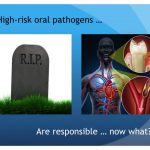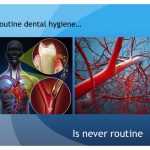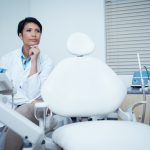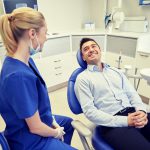
In the previous blog, we discussed that the use of systemic antibiotics, for high-risk patients may currently be the most effective method to treat the systemic impact of translocated periodontal pathogens. As periodontal treatment plans are formatted, utilizing a MyPerioPath test assists in determining the pathogen profile of the periodontal infection and provides evidence- based systemic antibiotic selection. If dentistry is medicine, then utilizing a test to confirm the presence of bacte...
Read More






